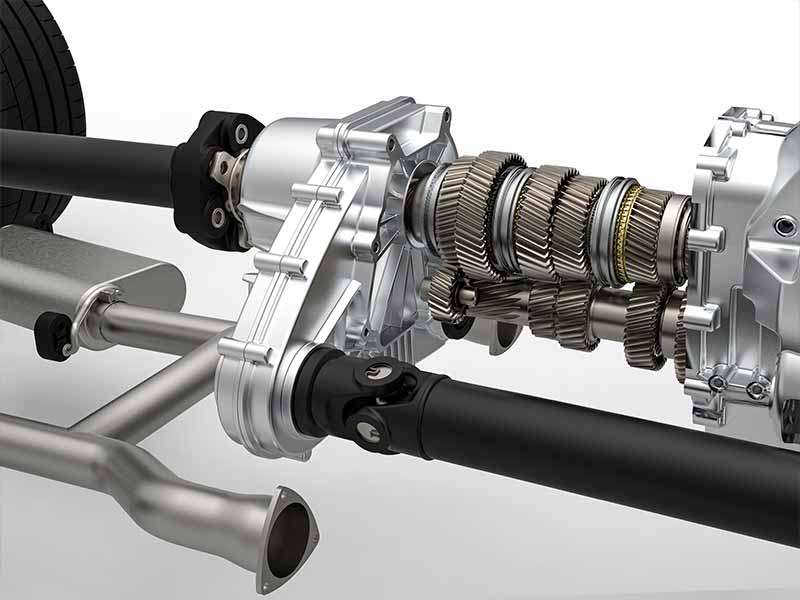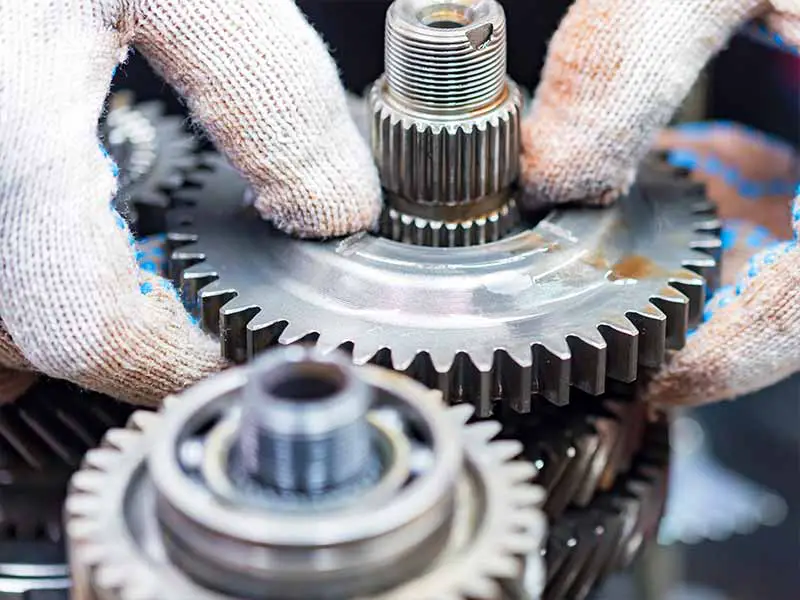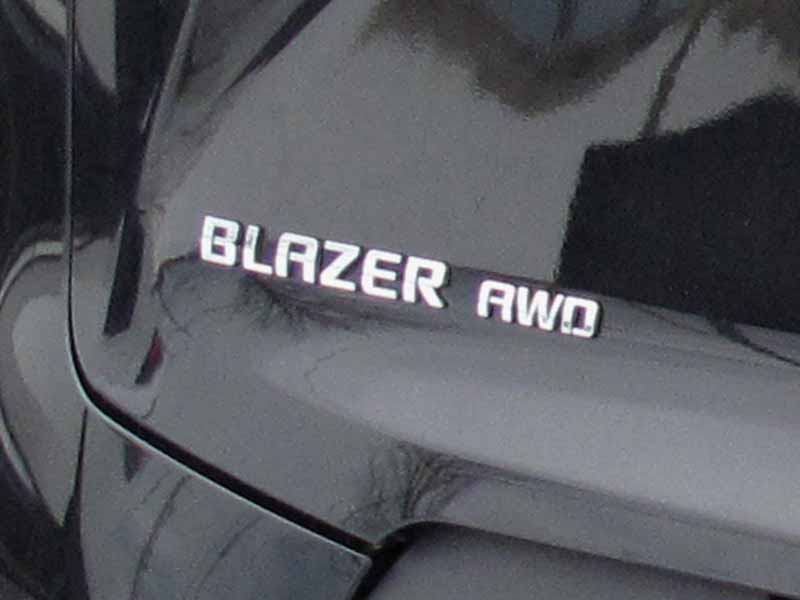What is often referred to as the AWD tire replacement myth is the idea that you must replace all four tires even if only one tire needs to be replaced. The claim is based on some truth though. Tread depth and rolling diameter need to be kept in mind.
As with a lot of “common knowledge” recommendations that claim one position or the other, the truth is often somewhere in-between the extremes.
AWD Tire Replacement Myth (Or Fact)
Mismatched tires on your AWD vehicle can cause mechanical problems, especially during aggressive driving. All wheel drive tire replacement is best done with all four tires. This is especially true if your owner’s manual states this as the procedure you should follow.
In reality, minor differences in tire circumference exist and most AWD systems are designed to cope with these minor fluctuations.
I personally replace two tires at a time on the same axle unless the vehicle manufacturer requires otherwise.
Tires are the most important driving components of your AWD system. Replacing just one tire can save money, but it may cause you headaches if your vehicle doesn’t have the range to account for larger differences in rolling diameter.
Let’s take a closer look.

Tires With Different Tread Depth Or Rolling Diameter
Two tires from the same brand and being the same model will have the same diameter and spin at the same rate when new. As they wear down, there may be slight differences in the rate of wear from side to side. Front and rear tires often wear at more different rates that drivers or passenger sides.
Differences in tread depth or rolling diameter between tires will cause the tire with less tread depth to have a shorter rolling diameter, which means it will spin faster.
These differences in speed between one side or end of your vehicle to the other can put some stress on the drivetrain. This obviously needs to be accounted for by vehicle manufacturers since these differences are inevitable. The issue is when the differences become too much.
Do AWD Tires Have To Match?
Ideally, all four all wheel drive tires should match, but the more important factor is that they rolling diameter should match closely, especially from side to side.
Even though tires from different manufacturers may have the same tire size shown on the sidewall, the rolling diameter could potentially differ by a significant amount.
Different tread patterns could potentially create some instability if there are extreme differences in how they grip the road surface, but this is much less likely to be a real issue.
Drivetrain Damage From Mismatched Tires
While I’ve never experienced or witnessed actual mechanical damage from mismatched tires or four tires with significantly different tread depth, it is possible.
You can safely drive up to 50 mph for up to 50 miles on a spare donut tire which is extremely different in size from the OEM wheel. This doesn’t mean that your vehicle’s owner’s manual states that it’s okay to drive with any size tire you like for an indefinite period of time and at highway speeds.
Often, driving for some time with a small spare tire will cause the traction control system light or ABS light to go off on your dashboard due to the large difference in tire size.
Can Wrong Size Tires Damage A Transmission?
If the difference is large enough, it can put extra strain on the transmission components. Changing tire diameter is essentially like changing the overall gearing of your car or truck. If the gear ratio changes then that changes the stresses the entire drivetrain experiences.

Why Would Different Size Tires Cause Differential Problems?
Front and rear tires or tires on the left or right sides of your car or truck will usually be spinning at slightly different speeds from each other. This is what differentials are designed to deal with.
If the sizes between the two sides differ by quite a bit, this can cause the differentials to spin more often and much faster than designed and cause them to wear out prematurely.
Small differences due to differences in tire wear aren’t likely to cause a problem however.
Can I Replace 1 Tire On An AWD Car Or Truck?
Honestly, I never replace only one tire on any vehicle I own. All wheel drive or only two wheel drive. I always replace tires in pairs on the same axle.
I recommend this to others as well, but you should always follow the guidance in your owner’s manual for having your tires replaced.
The reason I always replace tires in pairs is to ensure the rolling diameter of the tires on the same axle are similar. This helps to ensure the electronic stability systems can manage better and traction will be more predictable in wet weather conditions.
Can I Replace Just 2 Tires On AWD?
I personally recently replaced only the rear tires on my all wheel drive car. I did this because there was still plenty of tread depth left on the front tires and I needed to replace a rear tire due to an unrepairable puncture in the sidewall of one of the rear tires.
Some vehicle manufacturers may suggest you not do this. Others may say that this is perfectly fine. Always follow the guidance found in your owner’s manual on this issue. There can be reasons why your AWD vehicle may actually need to have all four tires replaced.
If you don’t replace all four tires on your AWD car or truck when the owner’s manual states it is a requirement, you could find that the car’s electronics don’t react well to the one new tire diameter mixing with the worn old tire.
Where To Put New Tires On All-Wheel Drive Vehicles
An all wheel drive system is very different from front wheel drive or rear wheel drive vehicles. Tire circumference is important to the traction balance of all four tires.
If your owner’s manual has guidance on how to handle this situation, you should always follow that and not suggestions from a blogger that doesn’t know the make, model, and unique circumstances that relate to your car or truck.
Generally speaking though, I replace tires in pairs and put them on the rear. New tires on any vehicle should go on the rear for safety. It may seem like the front tires should have the newer tires, but oversteer is more dangerous than understeer. Oversteer comes from less grip with the rear tires while understeer comes from less grip with the front tires.
Does Tire Size Affect Traction Control Or ABS?
One of the potential problems that can occur from having different size tires front to rear or side to side is that the electronic stability control systems may not be able to cope with the differences in rolling diameter.
These systems can deal with small changes in size, but struggle when the difference in expected diameter and actual diameter differ by more than a two or three percent.
Wheel speed sensors are often used to determine if a wheel is spinning or locked up and these systems have to have a frame of reference to work from to understand how fast a wheel should be spinning versus the actual rate of spin.
Resources
Below are some links you may find helpful when learning about tires
- Should you replace all four tires on your AWD vehicle? – Les Schwab
- Here’s why your AWD vehicle needs four tires when one is damaged – Torque News
Final Thoughts
Tread depth and tire circumference isn’t just important to an AWD vehicle, it’s important on any car or truck. It’s more important on an AWD vehicle due to the fact that AWD vehicles depend on traction of all four tires working together in a predictable way.
All wheel drive tire replacement should always follow the vehicle manufacturer guidance. If the manufacturer doesn’t provide specific instructions for whether to replace all four tires on your AWD vehicle, I recommend replacing both tires on the same axle with the same brand.
Good luck and happy motoring.





